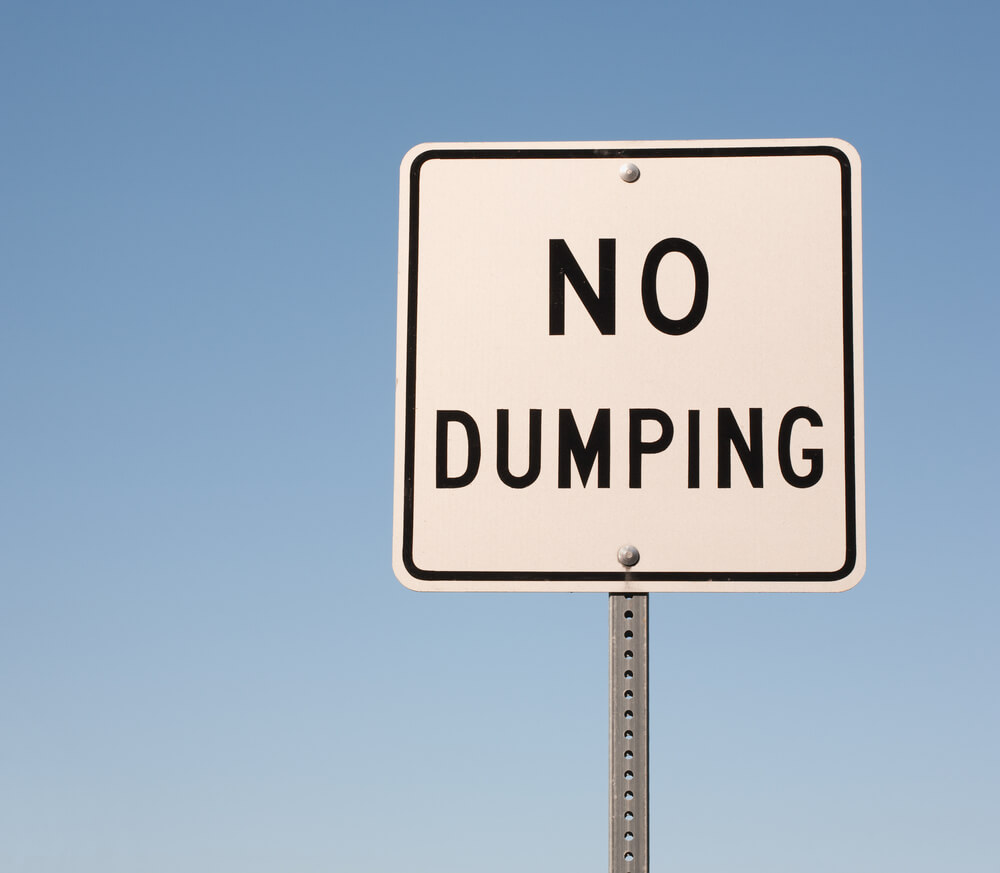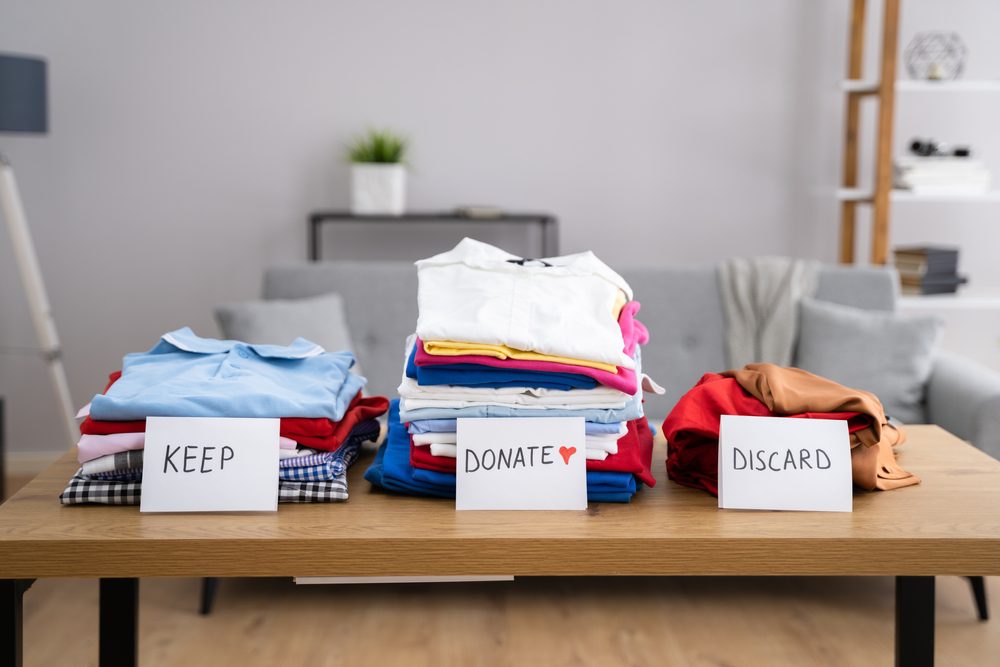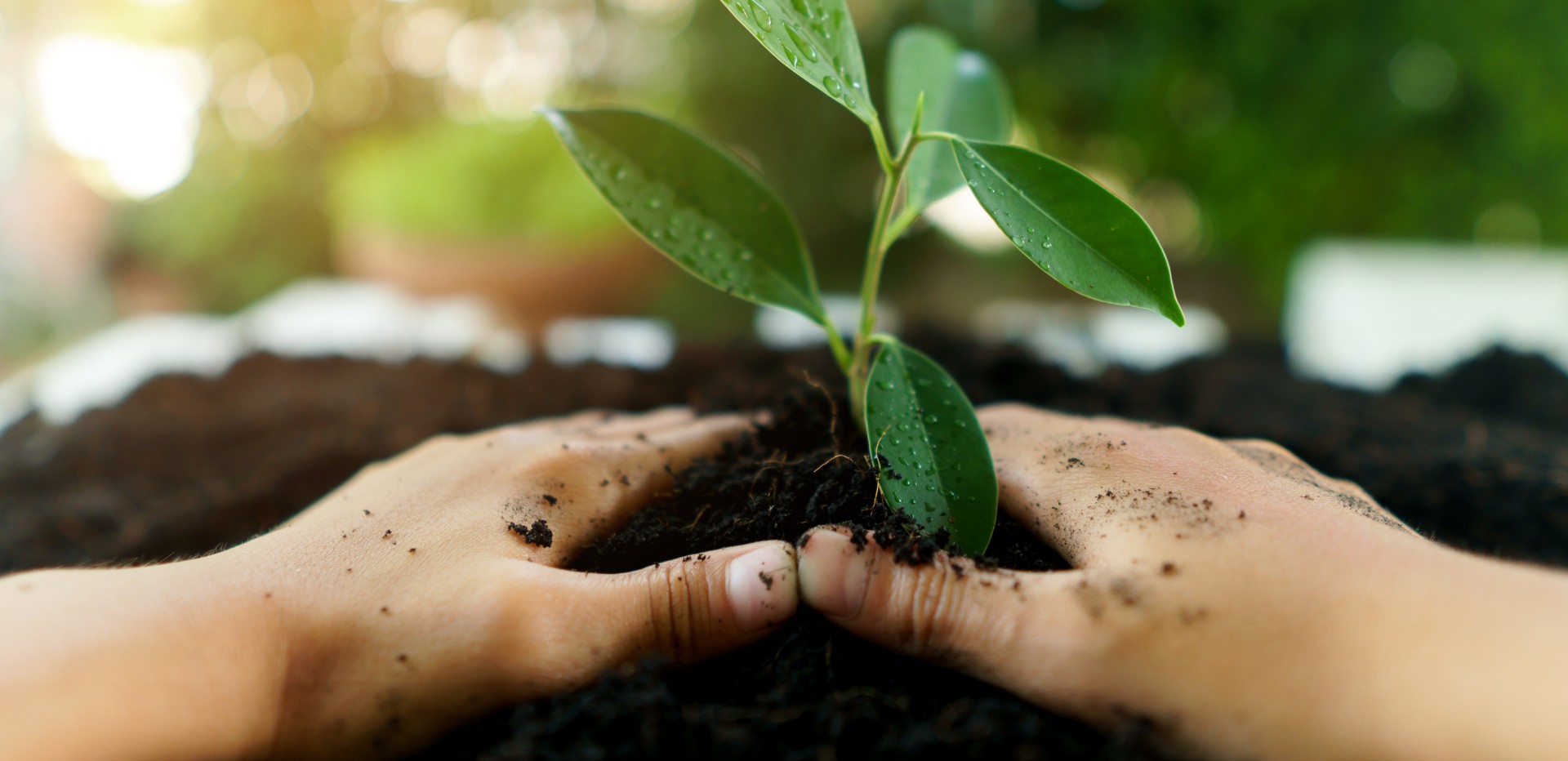According to a 2021 survey, three-quarters of American households display Christmas trees during the holiday season. That’s about 94 million Christmas trees (even without factoring in the publicly displayed trees), and every one of those households had to make the same choice: display a real or a fake tree.
For many people, the decision comes down to personal preference. Does the fresh, Christmas tree smell outweigh the necessary upkeep? Does the simplicity of a fake tree mean more than the specific look and feel of the tree? Is the family tradition of cutting a tree down something to look forward to, or is it not worth all the hassle? All of these considerations are valid and common reasons to pick a real or fake tree, but questions around the environmental impact of each method have recently risen into more prominence.
So what’s better for the environment, real or fake? The quick answer is “both and neither.” There isn’t a clear-cut winner in this debate, but there are factors to consider and myths to dispel when making your selection.
Does Cutting Down Real Christmas Trees Lead to Deforestation?
Before getting any further, there is one myth that needs to be addressed. Christmas trees are not being ripped from natural forests and ecosystems. The overwhelming majority of real Christmas trees are sourced from farms designed to produce trees year after year.
These farms are found across the United States, with the largest being found in Oregon (primarily large scale production for stores across the country) and North Carolina (mainly small farms for individual households). These farms produce a huge number of trees for the Christmas season and actually produce a net positive amount of trees. Outside of personally walking into a forest and cutting down a tree yourself, real Christmas trees are going to be sourced from a sustainable system like these tree farms.
The Environmental Impact of Real Trees
The Good: It’s a Natural, Local Choice
The most obvious, yet the largest, benefit of using a real tree is that they are natural. When they are being grown, they absorb carbon dioxide, which cleans the air and helps the environment. Even when they are cut down, the roots left behind enrich the soil and store carbon. When you are done with a real tree, they can be recycled by mulching, composting, or repurposing them for a fish habitat (if you have access and permission to a pond or lake).
Aside from environmental benefits, buying a real tree also puts money back into the local ecosystem, as opposed to fake trees manufactured overseas. Local farmers, merchants, organizations, and families see the direct benefits of your natural tree purchase.
The Bad: Improper Disposal Can Negatively Impact the Environment
While real trees are natural, they still require resources to grow and maintain. Water, pesticides, and other farming by-products are a given, but they are relatively minimal. Where real trees produce the largest negative impact is through the fuel consumption needed to take them from the tree farm to your home. Tree farms usually take a drive to get to – a fun family trip to take once a year—but all of those car trips add up. On top of that, the machinery used in the farming process consumes an aggressive amount of fuel.
Additionally, at the end of their lives, disposing of natural trees isn’t as easy as it may seem. While old Christmas trees are a good source for bonfire material, burning the tree simply releases the carbon dioxide it collected during its lifetime. If you are replacing firewood that would have been burned anyways, using a Christmas tree would become an environmentally conscious avenue. Throwing natural trees away into landfills is better than filling landfills with their fake counterparts, but it is still not ideal. The trees decompose and produce methane, which returns carbon dioxide back into the atmosphere.
Texas Disposal Systems offers free Christmas Tree recycling services on an annual basis to make recycling trees easy, efficient, and conducive to environmentalism.
The Environmental Impact of Fake Trees
The Good: There is a Break-Even Point
What determines the positives of a fake tree comes down to its lifetime. If people used fake trees like they do real ones, buying a new one every year and throwing it out when the season is over, fake trees would be massively more negative to the environment—but no one really does that.
To hit the break-even point where it becomes a positive for the environment, it takes five to nine years of owning and reusing a fake tree over cutting down real trees each year. Buying a quality tree that can be used for years to come and handed down or donated to a Goodwill or other organization (like nursing homes) can produce a net positive for years to come.
Even the shipping isn’t a major issue. Transporting the fake trees from their manufacturing plants in China is much further than a U.S.-based farm, but shipping via ocean is actually a very efficient process. Once on land, the mass distribution of the fake trees to centralized stores helps cut down on their impact as well. Yes, families need to drive to the store to pick up the fake tree, much like the real trees, but these store locations are often more conveniently located and, once purchased, they do not need to make that trip again during the lifetime of the tree.
The Bad: They Will End Up Landfill Eventually
The negative factors for fake trees are mainly found in how they are produced and disposed of. The manufacturing process for fake trees produces emissions that are negative to the environment. While the regulations are improving, China doesn’t nearly have as strict of emissions requirements for their manufacturers when compared to the U.S. Between the PVC plastic, steel, aluminum, cardboard, and other materials used to make a fake tree, a single tree totals to about the same amount of raw materials needed to make an upholstered patio chair.
Every fake tree will end up in a landfill at some point. The way these trees are constructed makes it near impossible to be recycled at the end of their life as a Christmas tree. So unless there are unforeseen improvements to recycling technology in the near future, there is no green answer to disposing of fake trees.
So Which Should You Choose?
Ultimately, you have to pick a tree that will work for you. While there is no “perfect” answer to this ongoing debate, we’ve learned that there are best practices for either option. For instance, if you do display real Christmas trees, be sure that you’re disposing of them properly. And if you’re opting for a fake tree, try to invest in one that will last you for many years.
As with most things, choosing what may seem like the obvious best choice can still lead to unintended consequences. But the fact that you’re taking the time to learn about your options is a good sign you’ll be considerate in your Christmas tree purchasing and disposal choices.



